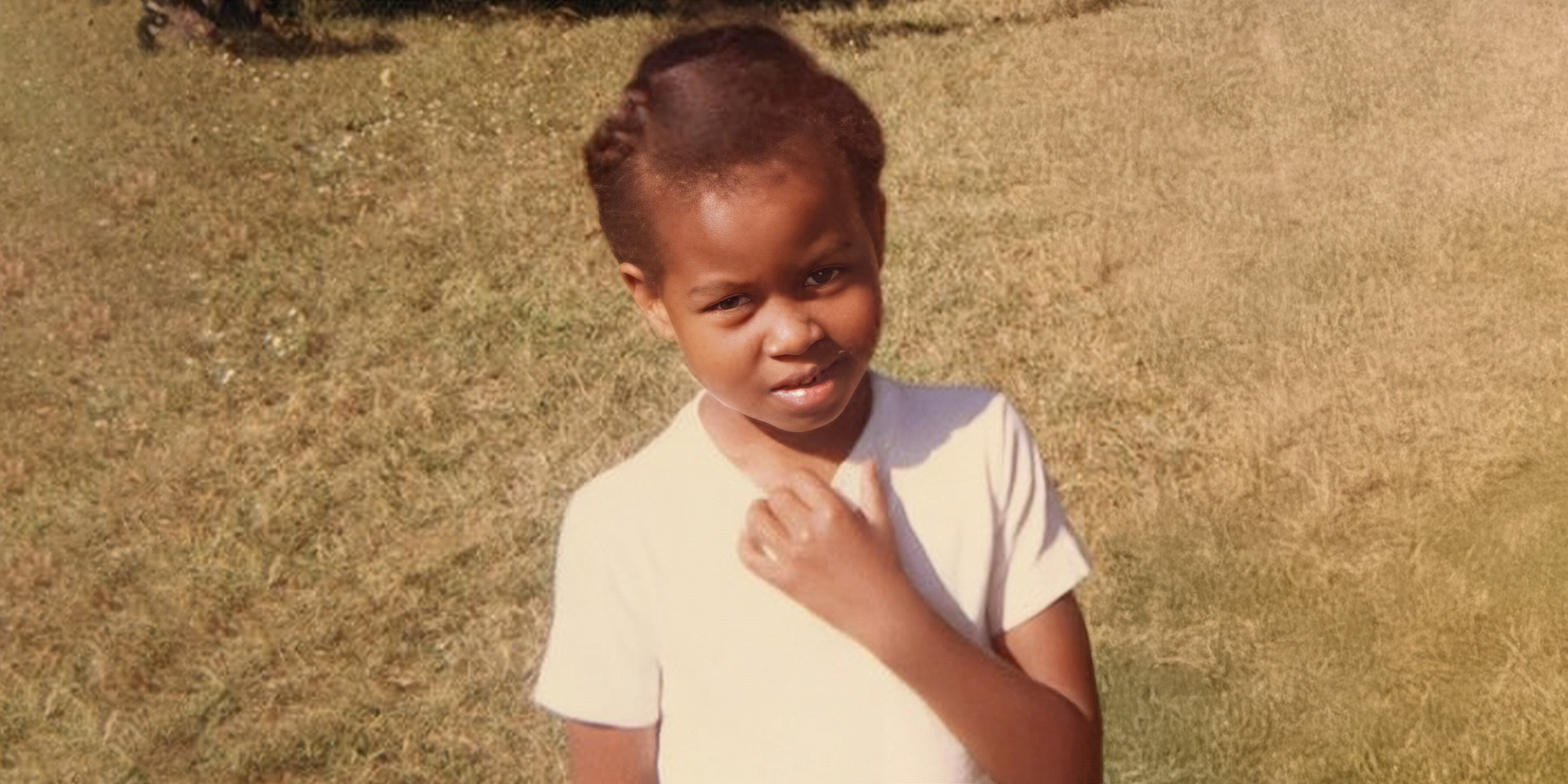
The well-known figure often acknowledges her modest upbringing and the invaluable influence of her parents in shaping the person she has become. Take a look at her early years before she emerged as one of the most distinguished names in American history.
As a young girl, she lived in a small apartment, witnessing her father work tirelessly at a water plant while managing multiple sclerosis. Instead of letting hardships define her, she gained the confidence and drive to excel, forging her own path.
Those early experiences influenced her outlook and drove her ambition. Raised near the railroad tracks in a diverse, working-class neighborhood in Chicago, the woman never lost sight of where she came from.
In November 2018, she welcomed ABC News into her childhood home, offering a glimpse into the place that molded her and sharing stories of her early years.
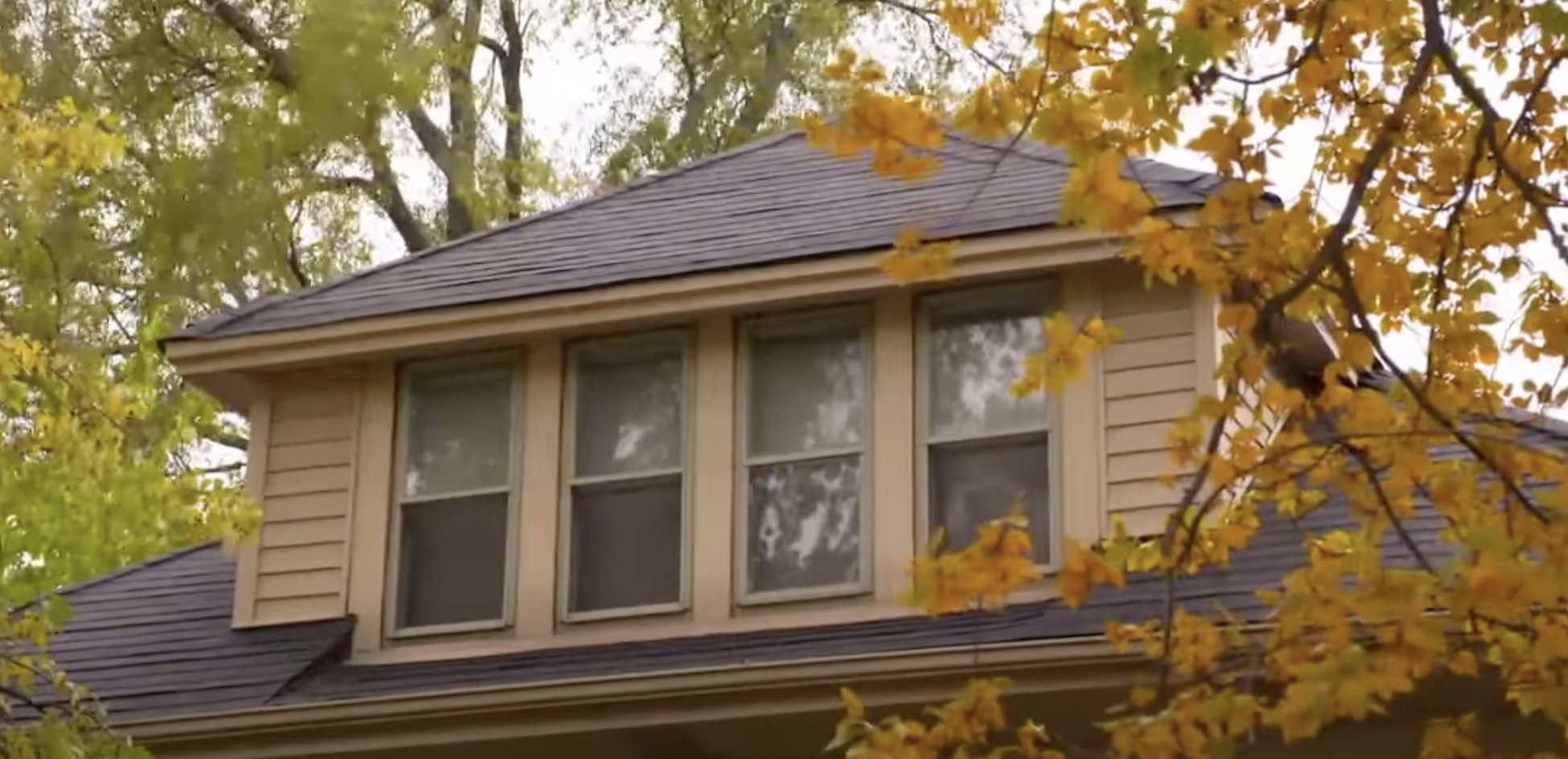
The woman’s former childhood home pictured on November 12, 2018 | Source: YouTube/ABCNews
That visit to her home on Euclid Avenue — once owned by her great-aunt Robbie and uncle Terry, where three generations of her family had lived — brought back vivid memories.
She, her brother Craig Robinson, and their parents Fraser and Marian Robinson, lived in a tiny upstairs apartment above the home her great-aunt Robbie and uncle Terry had purchased. Robbie was a teacher, and Terry worked as a Pullman porter, which allowed them to buy a house in what was then a predominantly white neighborhood.
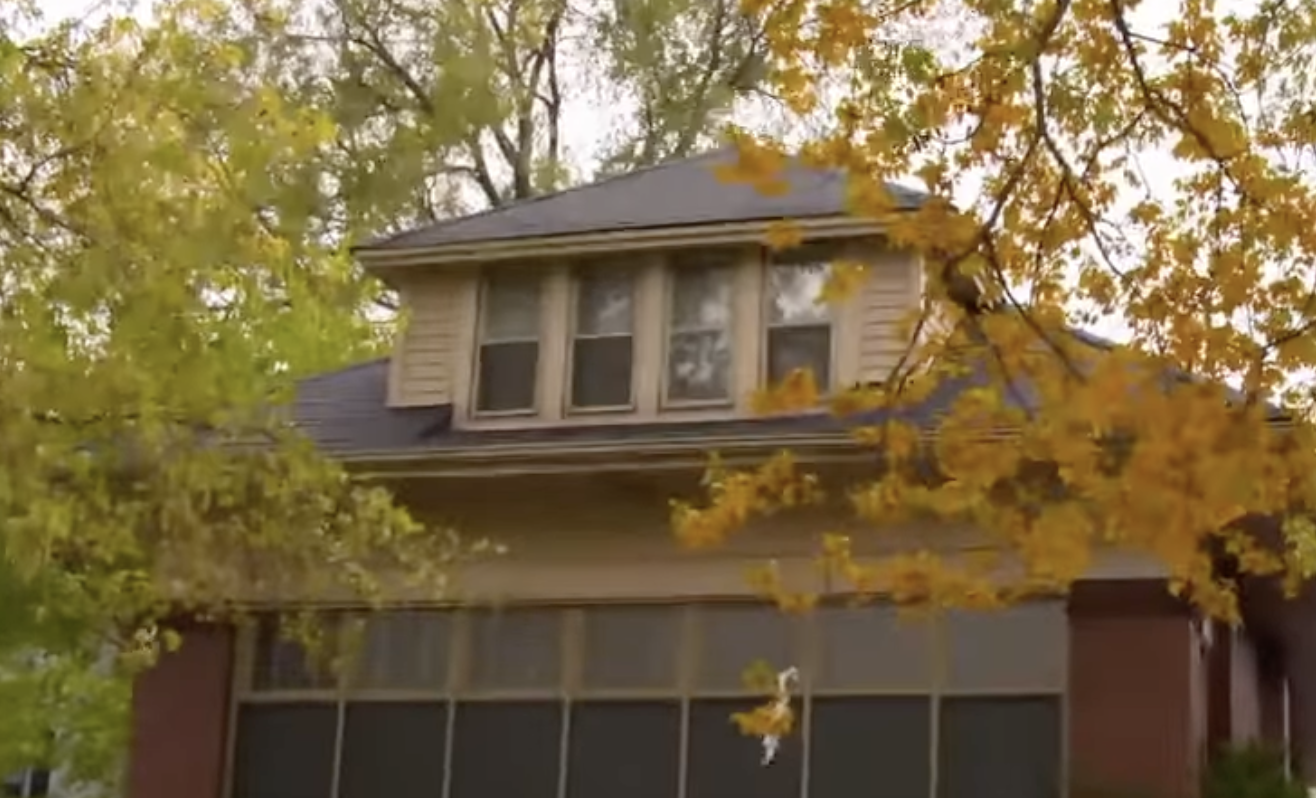
The upstairs apartment where the woman used to live as a child seen on November 12, 2018 | Source: YouTube/ABCNews
Space was limited, and what might have been the living room had been divided into three sections to create makeshift bedrooms. The woman and her brother each had just enough room for a twin bed, with only wood paneling separating them.
The setup made it easy to talk through the thin dividers. “Craig?” she would say. “Yep?” he would answer. “I’m up. You up?”
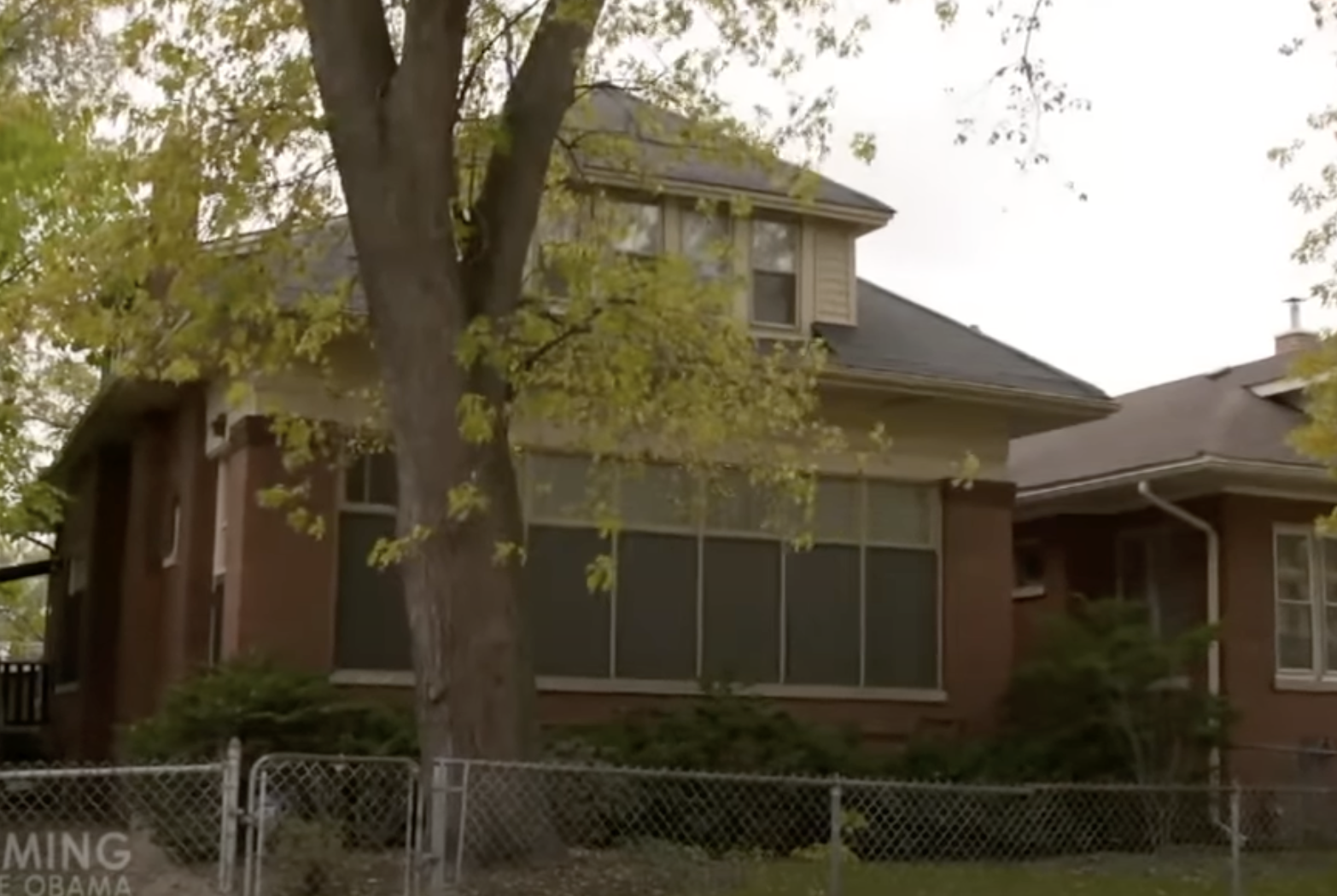
The woman’s former childhood home photographed on November 18, 2018. | Source: YouTube/ABCNews
Their tight quarters led to playful moments, including a game where they tossed a sock over the paneling to each other. Though the apartment was small, it was filled with warmth, connection, and lessons that would stay with her.
Despite their life was modest, it never felt lacking. “We lived a humble life, but it was a full life,” she recalled. There was no need for extravagance, and achievement was its own reward. “If you did well, you did well because you wanted to.”
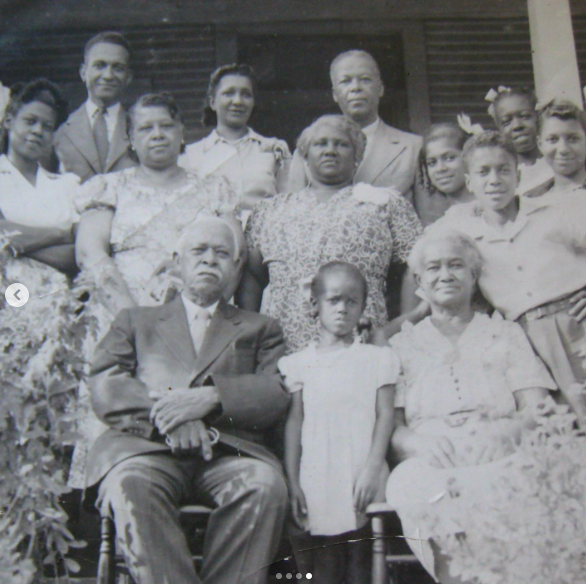
The family in a group photo, dated January 2023 | Source: Instagram/michelleobama
On occasion, a small celebration included pizza or ice cream, but there were no elaborate prizes — just the expectation to strive for excellence.
Over time, the neighborhood transformed. Initially, most of the residents were white, but as time passed, it became a largely African American community. Those changes were reflected in the area and the schools, where resources became noticeably scarce.
Even as a first grader, she recognized what was missing. “This notion that kids don’t know when they’re not being invested in — I’m here to tell you that as a first grader, I felt it,” said the woman.
That early awareness of her surroundings was matched by the independence her mother encouraged. She once recalled walking to school on her own, a decision Marian made when she was just five years old.
“Mom insisted it was time for me to walk to and from elementary school all by myself,” the public figure divulged. “I was in kindergarten then, around five years old, and I couldn’t help but ask myself, ‘Did she really believe I could walk to school alone?'”
Though fear crept in, her mother’s confidence in her abilities became a guiding force, “My mom understood the importance of setting aside her fears and allowing me the power of my own competence.”
That belief instilled a deep sense of self-trust, transforming uncertainty into pride. The experience became a defining moment — one that shaped her independence and sense of agency from an early age.
That foundation of independence was strengthened by the close-knit environment she called home. Stepping into the apartment, she often reflected on how four people “lived a full life in that little bitty space up there.” More than just a home, the apartment became a source of security for the family.
Whenever someone faced hardship, they would return to that familiar space, making it an inheritance of sorts — a place that always offered stability in uncertain times.
That sense of home provided comfort, but stepping outside those walls presented challenges of its own. Her father, Fraser, worked at a water plant, while her mother stayed home to care for the family.
Both prioritized education and excellence, instilling those values in their children. However, for their daughter, navigating the world beyond their apartment wasn’t always easy.
At ten years old, she was confronted with a moment that made her question where she fit in. A cousin asked why she “talked like a white girl.” When later asked how she balanced where she came from with where she wanted to go, she recalled realizing, it was at that moment that she felt like she wasn’t like her family.